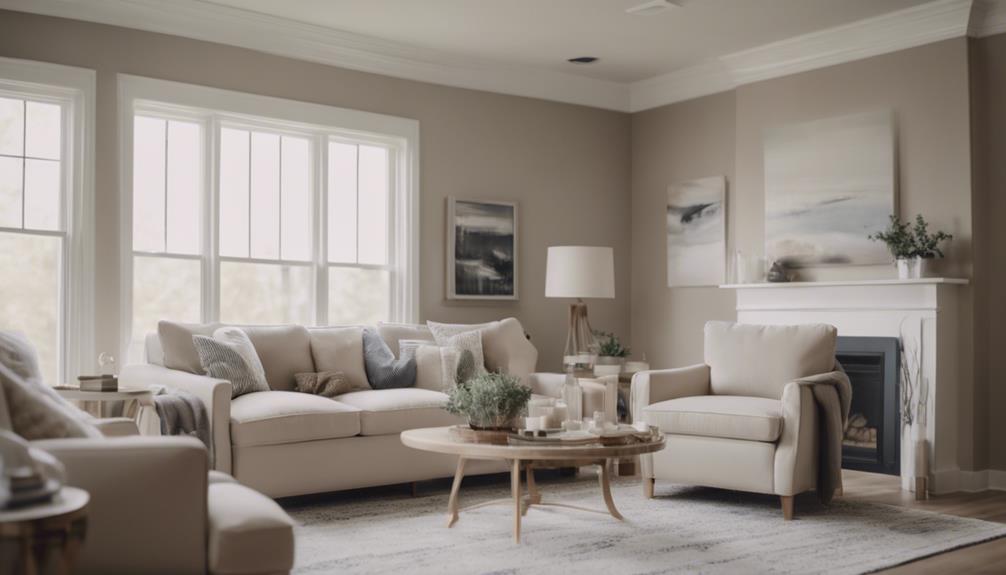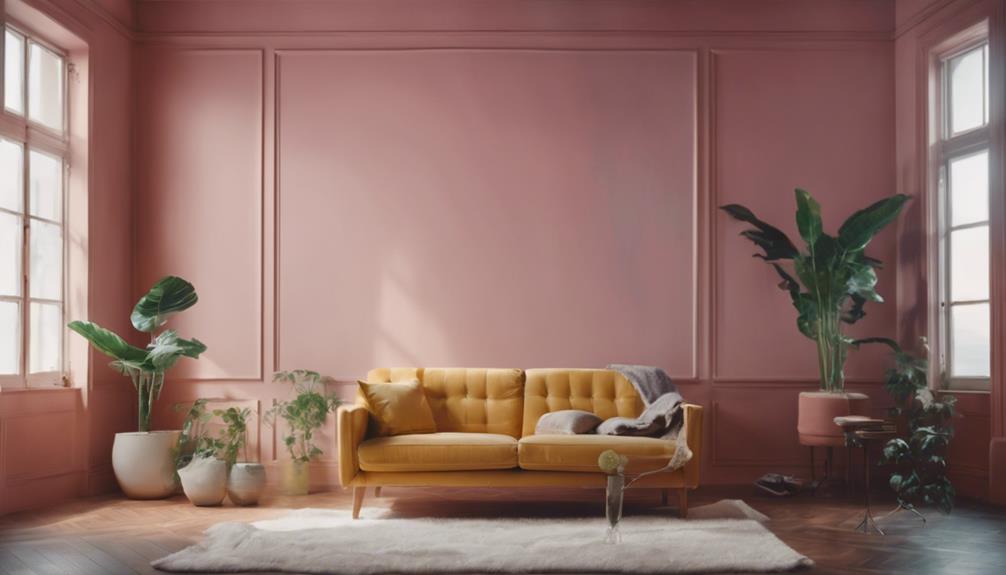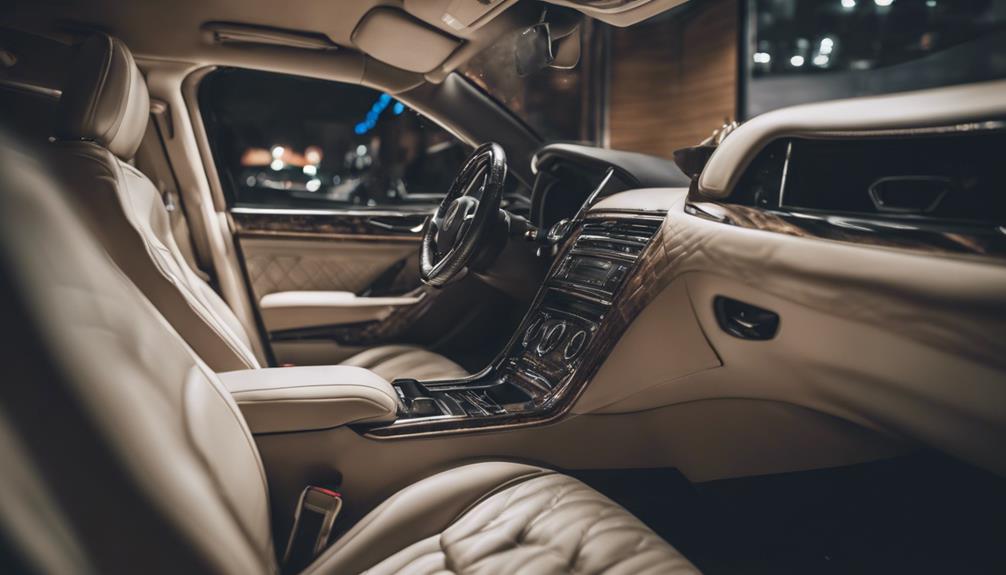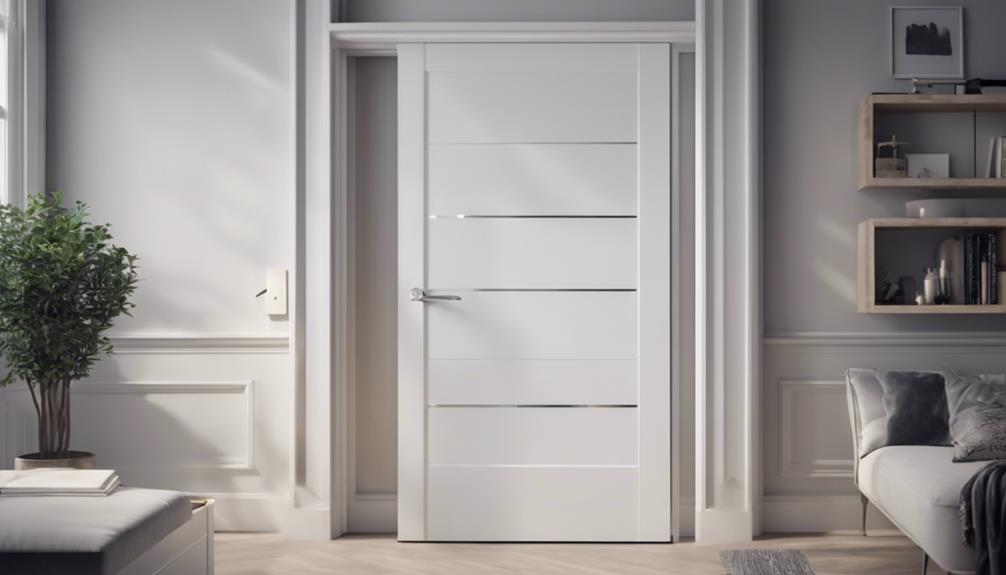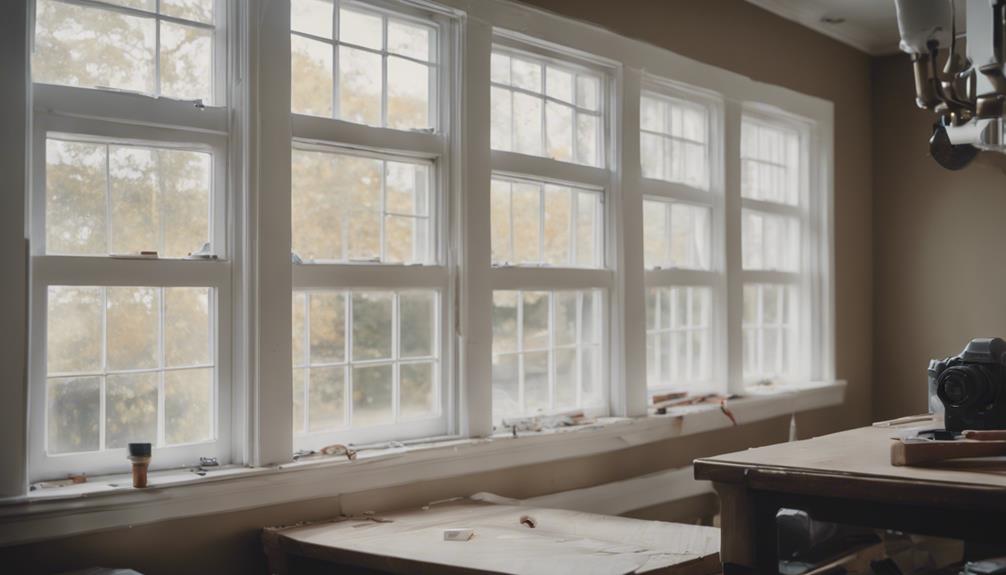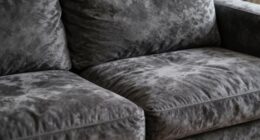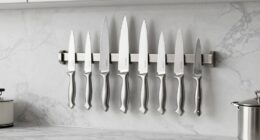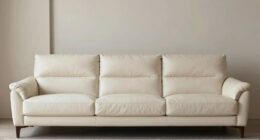Painting the inside of your house can boost its value by up to 107%! Choosing fresh colors, especially neutrals, enhances the perceived worth. Consistent color schemes make rooms more appealing to potential buyers, showing good maintenance. A cohesive color palette can even make spaces seem larger. Selecting quality paint is key, as it suggests care and attention to detail. Invest in warm neutral tones for desirability and upkeep every 7-8 years. Enhance your property's marketability and charm with well-chosen interior paint. Remember, the right colors can transform your space and add significant value!
Key Takeaways
- Fresh interior painting boosts property value significantly.
- Neutral colors and consistent schemes enhance perceived value.
- Quality paint signifies good maintenance and increases appeal.
- Cohesive colors make spaces appear more spacious and inviting.
- Repainting every 7-8 years with neutral tones maintains and enhances property value.
Impact of Interior Painting on Property Value
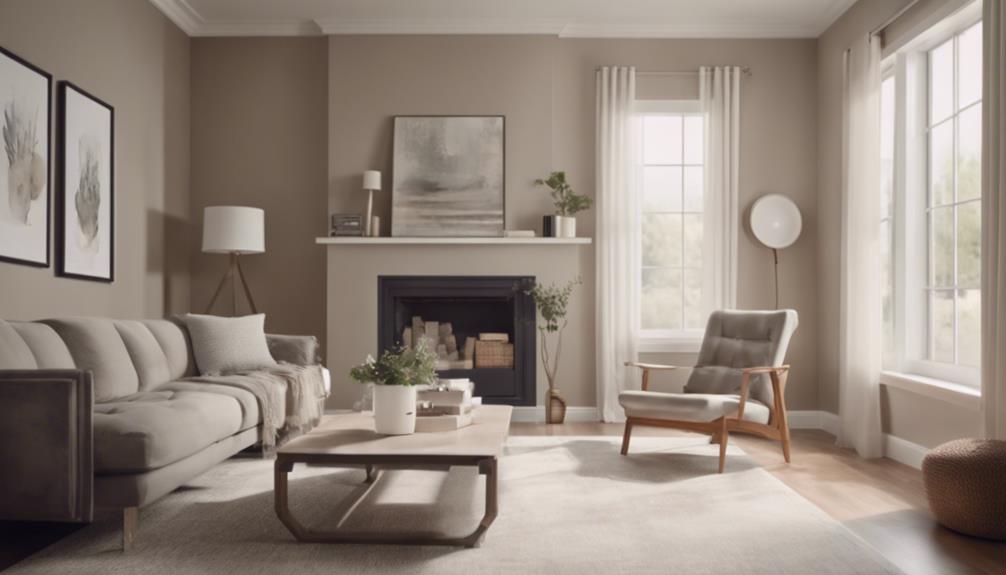
Fresh interior painting plays an important role in boosting property value, offering a substantial 107% return on investment. When considering a fresh coat of paint, it's vital to focus on color schemes that enhance the overall appeal of your home. Choosing neutral colors can have a significant impact on increasing the perceived value of your property. These colors create a blank canvas that allows potential buyers to envision themselves living in the space, maximizing buyer appeal.
Consistency in color schemes throughout the house is also key in increasing property value. A harmonious flow created by cohesive colors can make spaces appear more spacious and unified, positively influencing buyers. Additionally, investing in quality interior paint not only improves the aesthetic appeal but also suggests good maintenance and care, which can further entice buyers to pay a premium price.
Factors Influencing Home Value With Interior Paint
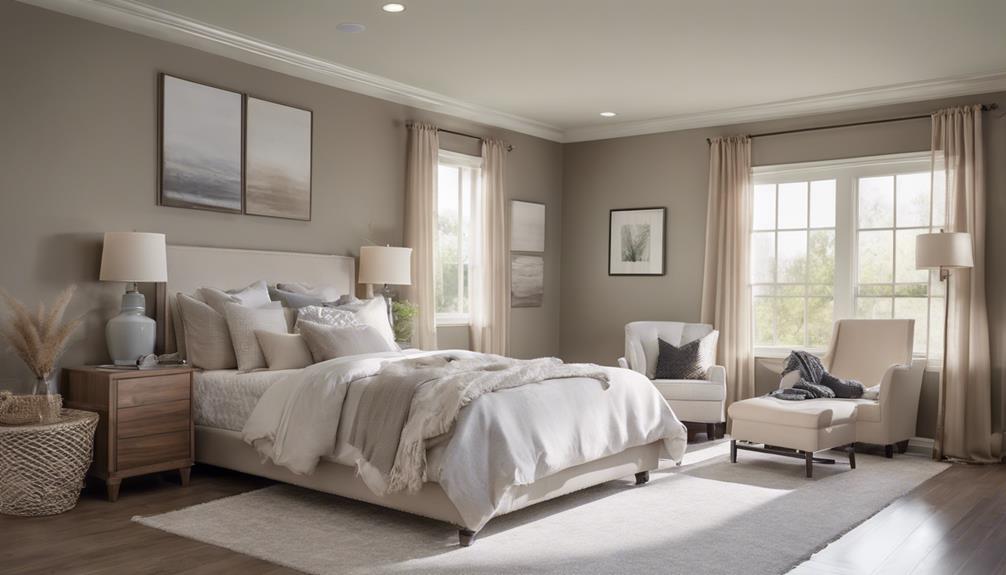
When it comes to factors influencing home value with interior paint, the colors you choose play a significant role in how buyers perceive your space.
Quality of paint is another important factor that can impact the overall value of your home.
Color Impact on Value
Choosing the appropriate interior paint colors can greatly impact the value of your home, potentially increasing it by over 100%. When considering colors, keep in mind warm neutral tones like beiges, tans, and grays, as they can boost your home's desirability and value.
Here are four ways color choices can influence the value of your home:
- Consistency: Using consistent color schemes throughout your home can enhance flow and unity, increasing the perceived value.
- Space Perception: Quality interior paint can make spaces appear larger or cozier, positively influencing potential buyers.
- Maximizing Value: Repainting every 7-8 years with approved color schemes can help maximize the value of your property.
- Curb Appeal: Exterior paint colors can also impact the curb appeal and overall value of your home.
Quality of Paint
Enhancing the quality of interior paint used in your home can greatly impact its overall value, reflecting good maintenance and care. Choosing high-quality paint can increase the perceived value of your home significantly, especially when paired with professional paint jobs. Consistent color schemes throughout the house not only improve flow and unity but also enhance the overall appeal of the spaces. Investing in interior painting offers an impressive 107% return on investment, making it a worthwhile expense for homeowners looking to boost their property value. Additionally, properly selecting paint colors can make rooms appear larger or cozier, directly impacting the perceived value of your home. Consider these factors when deciding on the type of paint to use in your home to maximize its value.
| Factors Influencing Home Value With Interior Paint | |
|---|---|
| High-quality paint | Increase perceived value |
| Professional paint jobs | Reflect good maintenance and care |
| Consistent color schemes | Improve flow and unity |
| Return on investment | Impressive 107% ROI |
| Properly chosen paint colors | Impact the perceived value of spaces |
Benefits of Painting Inside Your Home
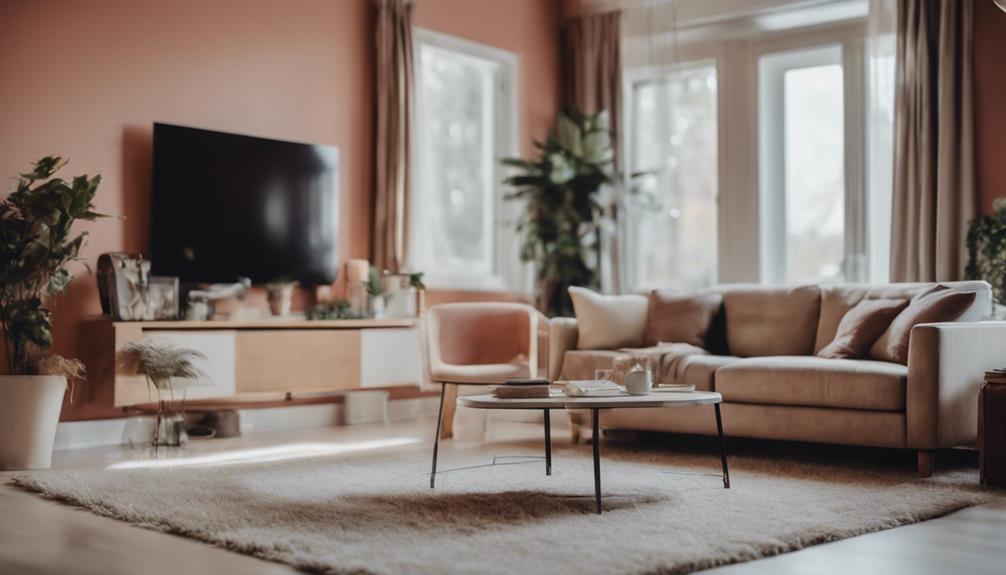
When it comes to painting inside your home, the benefits are plentiful. Enhanced aesthetics and ambiance can transform your living space, making it more inviting and enjoyable.
Not only does painting increase property marketability, but it also allows you to personalize your home to suit your unique style and preferences.
Enhanced Aesthetics and Ambiance
Curiously, how can a simple interior paint job transform the aesthetics and ambiance of your living space? Here are four ways a fresh coat of paint can enhance the look and feel of your home:
- Color Harmony: Consistent colors create flow and unity, pleasing the eye and appealing to potential home buyers.
- Perception of Space: Well-chosen paint colors can make rooms appear larger, cozier, and more inviting.
- Improved Ambiance: A freshly painted room can uplift the mood and create a more pleasant atmosphere for you and your guests.
- Enhanced Visual Appeal: Quality interior paint jobs can increase the perceived value of your property, adding that extra touch of charm and elegance to your home.
Increased Property Marketability
By creating a more attractive and inviting living space, fresh interior paint can greatly enhance the marketability of your property. Updated interior paint covers blemishes, enhancing the overall appeal to potential buyers. When your home is painted with care, it becomes more appealing and stands out in the real estate market.
The modern touch of a fresh coat of paint can make rooms feel brighter, cleaner, and more welcoming. Potential buyers are drawn to homes that look well-maintained and move-in ready. Quality interior painting can markedly impact your home's value, making it a worthwhile investment.
Personalized Living Space
Transform your living space into a reflection of your personality by adding a touch of fresh paint to the interior walls of your home. Here are some benefits of personalizing your living space with a new interior paint job:
- Creativity and Customization: Fresh paint allows you to express your unique style and preferences.
- Improved Appearance: Covering blemishes with new paint enhances the overall look of your rooms.
- Highlighting Architectural Features: Updating interior paint can emphasize special design elements in your home.
- Enhanced Value: A professionally done interior paint job not only enhances room desirability but also increases the value of your home significantly.
Maximizing Home Value Through Interior Painting
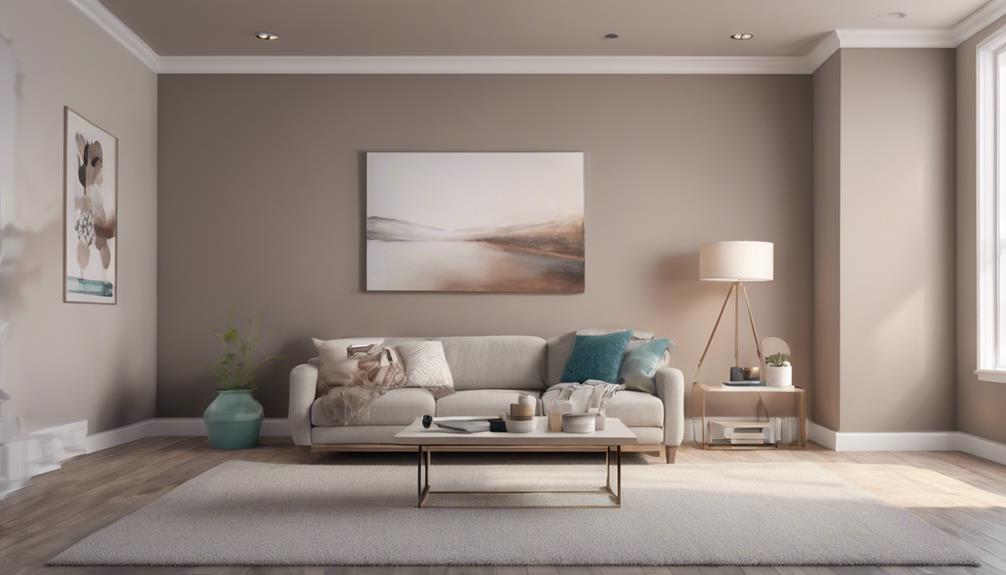
To maximize your home's value through interior painting, selecting the right colors and maintaining a consistent color scheme are key factors. Interior painting can greatly increase your home value, offering a 107% return on investment. Choosing properly selected paint colors plays an essential role in making spaces feel larger or cozier, ultimately enhancing the overall appeal of your home.
Consistent color schemes throughout the house improve flow and unity, positively impacting the perceived value by potential buyers. Opting for quality interior paint not only guarantees a fresh look but also indicates good maintenance and care, influencing buyer perception and their willingness to pay.
Repainting every 7-8 years with neutral colors can help maximize your home's value and maintain an appealing appearance, creating a welcoming environment for you and potential buyers alike. So, when considering interior painting, remember that the colors you choose and how you maintain consistency can truly make a difference in maximizing your home's value.
Enhancing Property Value via Interior Paint
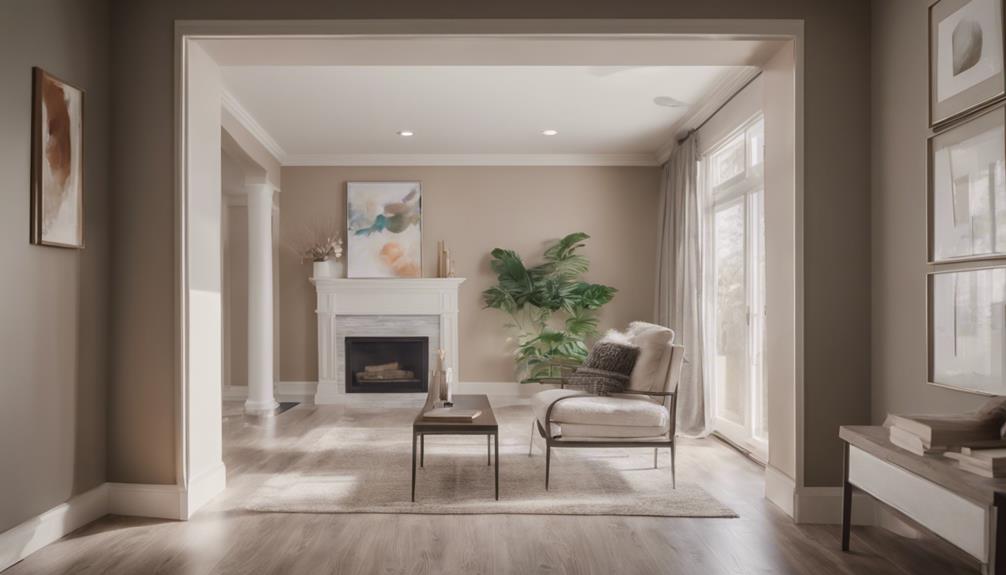
When aiming to boost property value through interior paint, the choice of colors and consistency play pivotal roles in enhancing your home's overall appeal and market worth. To enhance property value via interior paint, consider the following:
- Selecting the Right Paint Colors: Opt for neutral tones like whites, beiges, or grays to appeal to a broader range of potential buyers and make rooms appear more spacious and inviting.
- Maintaining Consistent Color Schemes: Guarantee a harmonious flow by using consistent color palettes throughout different rooms, creating a sense of unity and cohesion that can positively impact your property's overall value.
- Investing in Quality Interior Paint: Quality paint not only looks better but also indicates good maintenance and care, influencing buyers' perception of the property's condition and potentially increasing its market value.
- Regular Maintenance and Repainting: Repainting every 7-8 years with neutral colors and conducting regular upkeep not only preserves the property's appeal but can also enhance its value over time.
Interior Painting Strategies for Increased Value
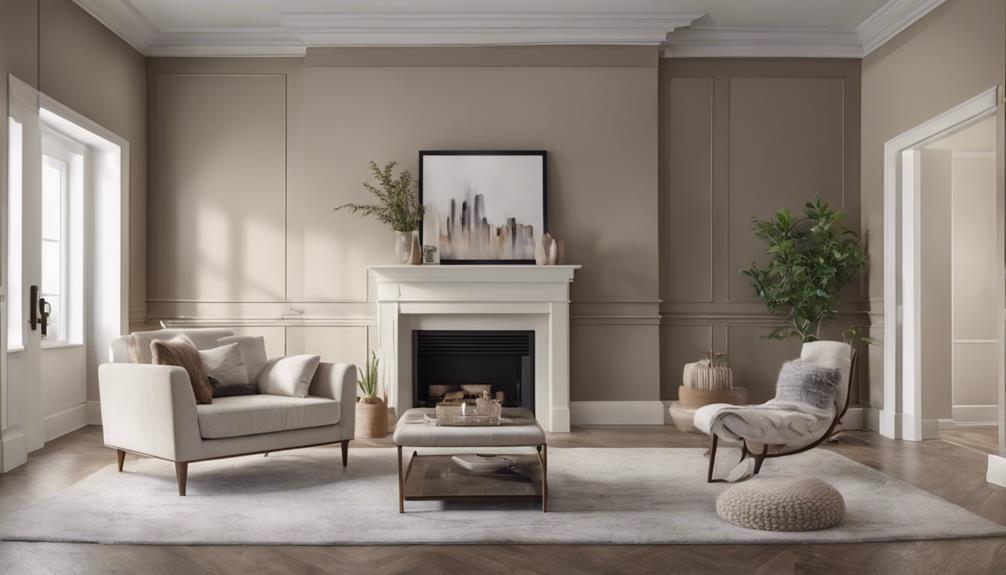
Consider implementing strategic interior painting techniques to maximize the value of your home. Interior painting can offer a remarkable 107% return on investment, greatly boosting the overall value of your property. By selecting properly chosen paint colors, you can create the illusion of larger or cozier spaces, enhancing the appeal to potential buyers. Quality interior paint not only freshens up the look of your home but also signals good maintenance and care, increasing its perceived value.
To further enhance your home's value, it's crucial to maintain consistent color schemes throughout the house. This improves flow and unity, making the space more appealing and cohesive. Choosing approved color schemes and diligently maintaining the paint job can help preserve and even increase the value of your property over time. Remember, a well-executed interior painting strategy isn't just about aesthetics but also about preserving and enhancing the value of your home.
Frequently Asked Questions
How Much Value Does Interior Paint Add to a House?
When you're wondering about the value boost interior paint can bring to your home, it's impressive! Fresh paint can totally transform a space, making it feel larger or cozier.
Plus, a cohesive color scheme adds flow and unity. Quality paint signals good care to potential buyers, potentially increasing your home's perceived value.
With an average 107% return on investment, painting your interior is a smart move for boosting your home's worth.
Should I Paint the Inside of My House to Sell It?
If you're wondering whether to paint the inside of your house before selling, the answer is a resounding yes! Painting the interior can greatly enhance your home's appeal to potential buyers. It's a smart investment that can make your space look fresher and more inviting.
Plus, choosing the right colors can create a cohesive and harmonious atmosphere that buyers will love. So, roll up those sleeves and get ready to add value to your home!
What Color Adds the Most Value to a Home?
When it comes to increasing your home's value, the color of your front door plays an essential role. Darker hues like black, charcoal gray, or navy blue have shown to boost property value greatly. Lighter shades such as greige (gray-beige) can also add a touch of elegance.
Choosing the right front door color can enhance your home's curb appeal, making it more attractive to potential buyers and ultimately increasing its overall worth.
Is It Worth It to Paint Your Own House Interior?
Painting your own house interior can be a rewarding experience, allowing you to express your creativity and transform your living space. By taking on this project, you have the opportunity to save money on labor costs and tailor the colors and finishes to your liking.
Not only does it enhance the aesthetic appeal of your home, but it also covers imperfections, making it a worthwhile investment in improving your living environment.
Conclusion
So, does painting the interior of your house really add value? The answer is a resounding yes!
Not only does it enhance the overall look and feel of your home, but it can also increase its resale value.
By choosing the right colors, quality materials, and professional techniques, you can transform your space and make it more appealing to potential buyers.
So why wait? Start painting and watch your home's value soar!
